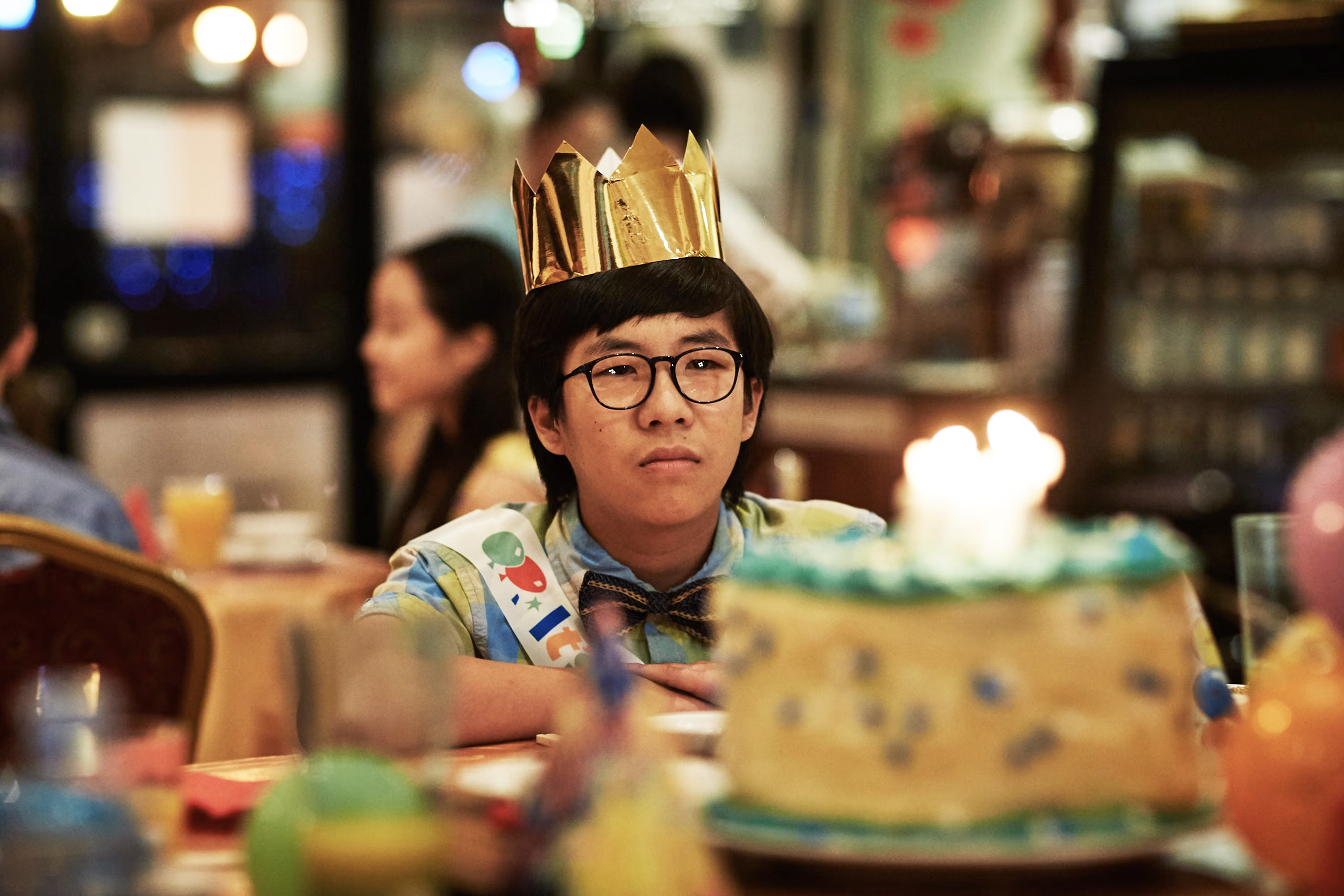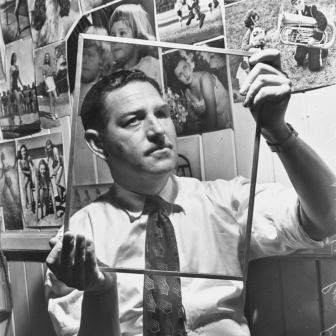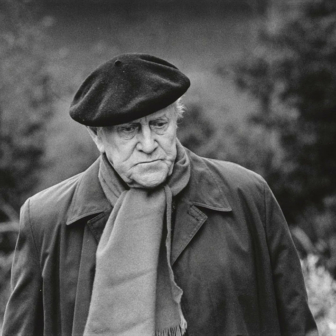The major social and cultural changes Australia experienced in the second half of the twentieth century were assisted by two key phenomena: television and immigration. Neither evolved separately across the decades: their respective histories are rich with mutual influences and entanglements that warrant an integrated historical analysis. This is what Migrants, Television and Australian Stories aims to do. As authors Kate Darian-Smith, Sue Turnbull, Sukhmani Khorana and Kyle Harvey note, “the story of the television is also the story of the making of modern multicultural Australia.”
The book is a wide-ranging account of how Australian television and migrants have intersected since the 1950s, the decade in which both television and mass immigration began to transform culture and society at large. Australian television officially started in September 1956, coinciding with the Olympic Games in Melbourne in that year. Mass immigration had begun in the late 1940s following the Chifley government’s postwar decision to boost the population with a large-scale intake of migrants not just from Britain and Ireland (who were preferred in “white Australia”) but also from southern and eastern Europe. Later, from the 1970s onwards, they would also come from Asia and the rest of the world. The massive demographic change that resulted profoundly affected the workings of Australian institutions, including television.
The “Australian Stories” in the book’s title signals the fact that television is quintessentially a story-telling machine. In this regard the intersection of television and migrants has not always been a happy one. Indeed, the launch of the Special Broadcasting Service in 1980 was principally a response to the lack of migrant stories on Australian TV and a more general lack of recognition of the ethnic and cultural diversity that the flows of migrants engendered.
For a long time the “Australianness” depicted on Australian television was overwhelmingly white, foregrounding white voices, faces and stories, and failing to reflect the multicultural society Australia was becoming. Australian television institutions were, and to large extent still are, Anglo-Celtic bastions. As the authors note, “there has been a stilted, gradual acceptance by the public and the industry of non-Anglo-focused stories as part of Australian culture over many decades.” Nevertheless, they highlight some very interesting instances, dating back long before SBS was established, of TV programs incidentally appealing strongly to migrant audiences.
One of those programs was World Championship Wrestling, which ran from 1964 to 1978 on Channel 9. International wrestlers were pitted against local wrestlers, many of whom were of migrant backgrounds, making the program phenomenally popular among young migrant viewers. By the late 1960s some migrant entrepreneurs had also succeeded in producing TV programs for Australian broadcasters eager to fill their schedules with cheap content. These included Variety Italian Style, a highly successful Italian variety show initiated by Italian-Australian advertising worker Antonio Luciano, and The Greek Variety Show, produced by Cyprus-born actor Harry Michaels (surely an Anglicised name!), who even re-mortgaged his house to pay for his foray into Greek program-making but achieved financial viability with advertising income from Greek businesses. These programs were shown on commercial television for many years in the 1960s and 70s.
Documenting such largely forgotten instances is one of the great strengths of this book. The authors have used archival material and oral interviews to reconstruct the stories of these programs. The examples of Luciano and Michaels also highlight how the gradual admission of ethnic and cultural diversity onto Australian screens was largely the work of trailblazing migrant individuals. This seems to be the case even to this day, despite “inclusion and diversity” having become a much more mainstream policy priority.
Examples of such trailblazers include Paul Fenech, of Maltese and Indigenous background, who emerged as creator, producer and actor in the mid-1990s and led the making of the highly popular series Pizza in the early 2000s, and Benjamin Law who, with producer Tony Ayres (both of whom are Chinese Australian), created the wildly successful comedy series The Family Law, shown on SBS.
But this dependence on the success of a few cultural leaders and advocates has resulted, as the authors observe in their epilogue, in a “patchy situation” in which “a piecemeal approach to inclusion” reigns. On several occasions they argue that this unhappy situation reflects a lack of regulatory frameworks governing Australian screen production. I am not so sure, however, that regulation (such as quotas) would have made a huge difference.
Even SBS, whose existence is of course the result of a seminal act of legislation and regulation — perhaps the most significant achievement of Australian multicultural policy-making — has often struggled to put into practice its mandate “to reflect multicultural Australia” in the face of the complex realities of the television business. These realities are, last but not least, to do with what TV industry folk call the “fickleness” of audiences. Ultimately, success and popularity are dependent on audience preferences and practices, which cannot be controlled.
In this regard, it is fitting that Migrants, Television and Australian Stories opens and closes with a chapter on migrant audiences. Chapter 2 (which follows the introductory Chapter 1) focuses on how migrants watched Australian TV in the early days. Not surprisingly, they viewed in a great variety in ways and for a variety of reasons, although the homogeneous whiteness of early television — free-to-air broadcast television characterised by centralised transmission and limited choice — did make many of them feel less at home in Australia.
By the third decade of this century, however, new technologies of delivery and reception have radically altered the contexts of television viewing, discussed in the book’s final chapter. Audiences have been served increasingly with a huge array of options, beginning with the video cassette recorder, or VCR, in the 1980s, then DVDs, satellite and pay TV in the 1990s and, in the 2010s, streaming services such as Netflix. These developments have massively fragmented viewership and allowed many migrants to by-pass mainstream Australian television altogether. Indeed, migrants’ use of new technologies to access TV content from “home” has been a well-known practice since it was made possible by the VCR.
Television as we knew it in the twentieth century would be virtually irrelevant for young people of migrant backgrounds today. Just like their non-migrant peers, they are more often hooked into a global youth culture via transnationally accessible digital media, using their phones to watch screen content on YouTube, TikTok and other platforms. These platforms also give creators a potentially global reach, far beyond traditional broadcasting, as is shown by the international success of Australian web series (short, episodic scripted content uploaded to the web) focusing on multicultural communities. Among these are Superwog, created by two Sydney brothers of Egyptian background, Theodore and Nathan Saidden, and Halal Gurls by Western Sydney-based writer-director Vonne Patiag, who is of Filipino background.
The proliferation and hybridity of global content of all kinds, and of production structures and viewing practices, is an ongoing, unruly process with uncertain future trends. As a result, the question of how “migrants,” “television” and “Australian stories” intersect, and the associated policy pursuit of “diversity and inclusion,” is perhaps becoming increasingly obsolete.
As the authors of Migrants, Television and Australian Stories note, “In an era where international co-production is the norm, and screen content can be viewed globally by a mobile and transient population of migrant diasporas, the ‘Australianness’ of television making and viewing is hard to define.” Against this background, this book stands as an invaluable documentation of the multiple ways in which migrants, against all odds, have made their presence felt — as workers, creators and viewers — in the evolving Australian television landscape. •
Migrants, Television and Australian Stories: A New History
By Kate Darian-Smith, Sue Turnbull, Sukhmani Khorana and Kyle Harvey | Routledge | $83.99 | 278 pages




